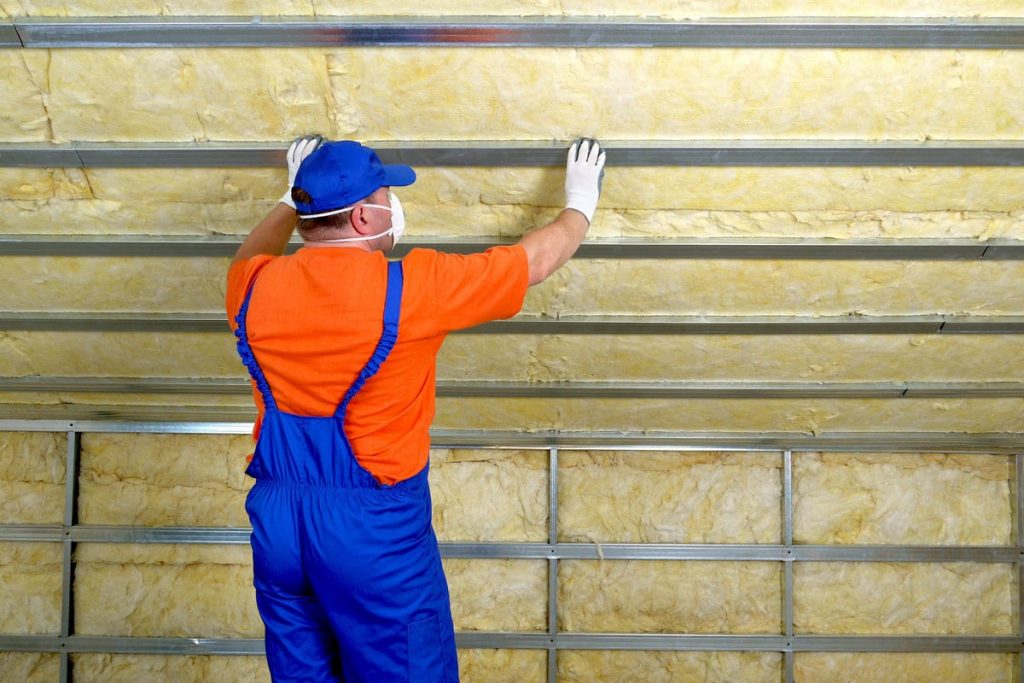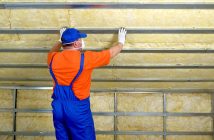The requirement for Government agencies to select woollen fibres over synthetic alternatives in their buildings is significant, but has the potential to benefit sheep farmers overseas at the expense of their New Zealand counterparts, Bremowth Chief Executive Greg Smith says

Latest data shows the Government is New Zealand’s largest property owner – with over 16,000 buildings valued at over $31bn.
A new Government directive to prefer the use of woollen fibres in its buildings has the potential to transform the rural sector, however, it could also open the door to cheap imports.
Greater clarity is needed to understand whether the intent of the move is to support NZ’s rural economy, reduce the use of plastic materials in construction, or both.
The move has the potential to double the price of wool farmed in New Zealand however there is a question over where a government-specified product would fit within free trade agreements with other countries.
While NZ wool is considered ideally suited for carpet production by international manufacturers, the new policy may see volumes of cheaper imported options become available here.
With climatic conditions that produce less rainfall, New Zealand sheep grow a whiter wool that is easier to colour than the more yellow fibres found in wetter climates such as the UK.
As a result, New Zealand produces a higher quality wool that sells on the open market for around 20% more than British wool.
If Government procurement policies allowed for imported woollen fibre building products to access this market we would see few real benefits for New Zealand, other than a reduction in the use of plastic.
It would be soul-destroying for farmers in the sector to see one imported product replaced with another in the construction of publicly owned buildings.
What we need right now is greater clarity around the parameters of this policy and recognition of the inherent tax benefits to the economy when we support local.
The move has the potential to address conflicts in international perceptions of New Zealand’s approach to sustainability.
NZ grown wool is prized overseas however has not received the same recognition locally.
We have an unusual situation where New Zealand wool has been woven into the fabrics used on Air Force One, however, if the US President or any of the numerous other foreign dignitaries who have flown on that aircraft were to enter a Government building in this country, they would most likely be walking on imported synthetic carpet.
When we talk to potential export partners in new markets they are dumbfounded by the fact that our Government does not use our wool in its buildings.
They find the whole concept quite conflicted as New Zealand is known for its sheep production. We might want to be known for spaceships and rockets and technology and gaming but that’s just not what we are known for and it’s unlikely we will ever shed that image.
Despite record low numbers of sheep being farmed there is sufficient wool supply in the market to scale up production to accommodate a surge in demand.
It is difficult to overstate the potential economic benefits of this move for the sector – this has the potential to be one of the most significant changes in the wool industry since synthetic alternatives were introduced two decades ago.
At that time the market went from 90% wool to 90% synthetic carpet.
The sector hasn’t recovered from this trend and the number of sheep in NZ fell by 2% last year to 23 million, the lowest ratio of sheep to people in New Zealand we have had in the past 150 years.
Ten years ago wool was trading at twice that of what it is today and it is quite possible we could see a return to this pricing.
This would result in a seismic shift in the farming landscape – no longer loss-making, we would see new entrants come into the market as sheep farming becomes viable again, not just for the sale of meat.
A movement of this magnitude would have flow-on benefits throughout the economy – from the local vet to the shearer’s crew and everyone in between.
Thousands of tenants living in New Zealand’s public housing could also benefit from the use of wool in the construction of their homes.
There are around 69,000 state-owned houses in New Zealand, around 3% of the residential housing supply, with thousands more expected to be built over the coming years.
Potentially every publicly owned house could have a wool carpet flooring and a recycled carpet underlay – at the same time, wool insulation can be used under the floors as well as in the walls and ceilings.
In contrast with synthetic textiles used in construction, wool is a natural product that requires less chemicals and is naturally fire retardant. Woollen carpets are also hypoallergenic and regulate humidity by absorbing moisture when the air is moist and releasing it when the air is dry.
We will now have the opportunity to build state-owned housing that may help create a healthy living environment for some of our most vulnerable.
The move is a significant credibility boost for wool and will result in greater investment in research and development and could lead to the production of more sustainable construction materials.
The new Government policy will lead to a significant reduction in the amount of plastic waste entering our landfills.
As the use of wool as a building material grows, we can expect to see more investment in the development of new materials and alternatives to synthetics.
Examples of these innovations include the use of waste wool in biodegradable weed and mulch mats which release nutrients as they break down.
In addition to their local use, these new products will also find their way into export markets.






